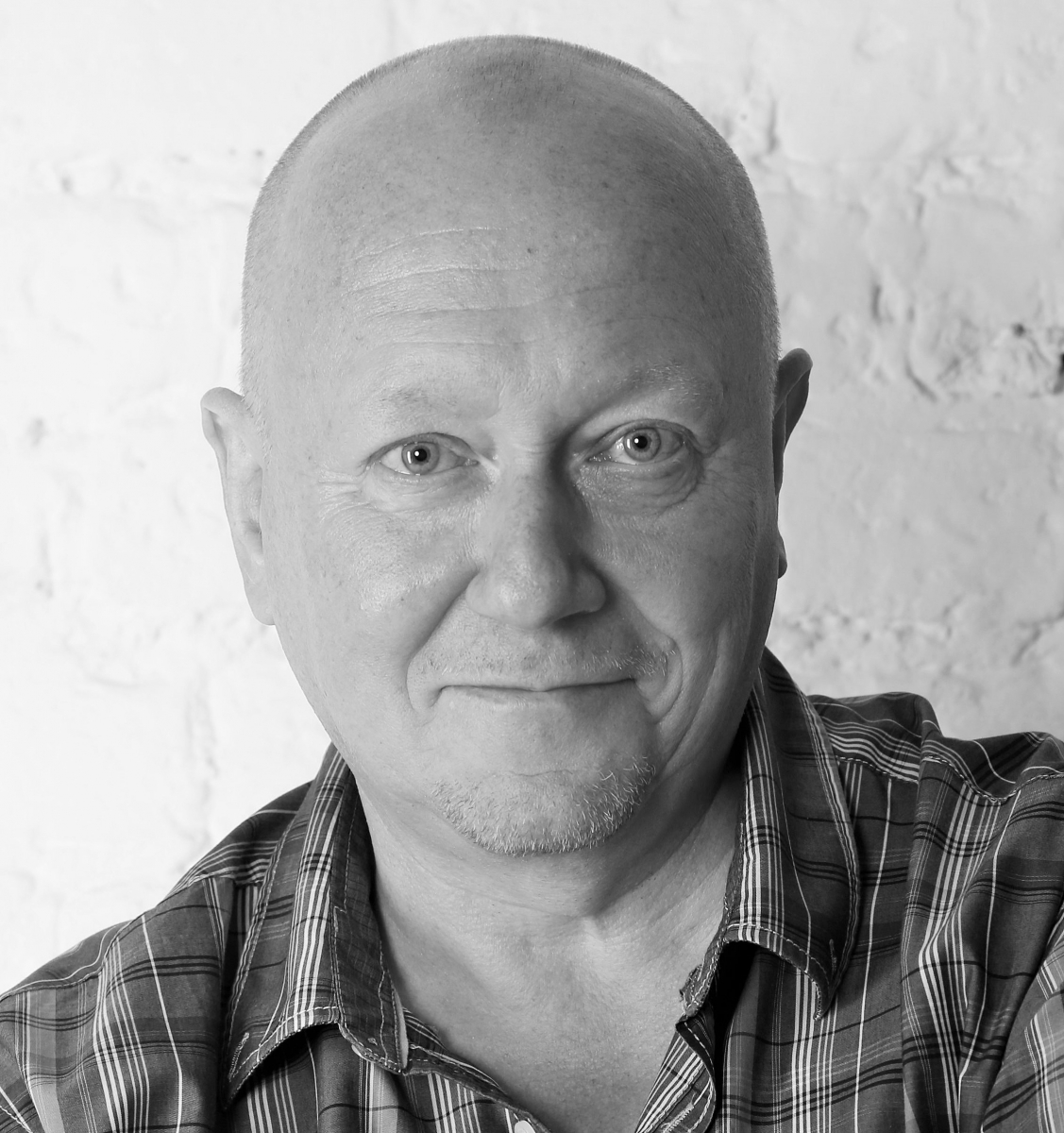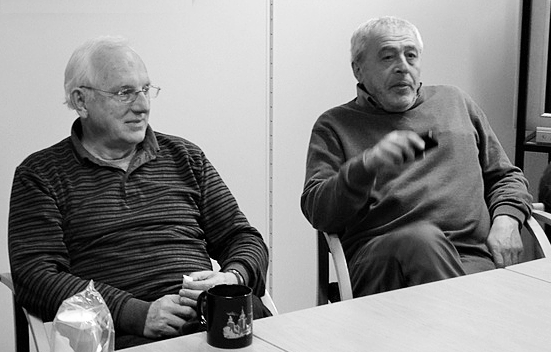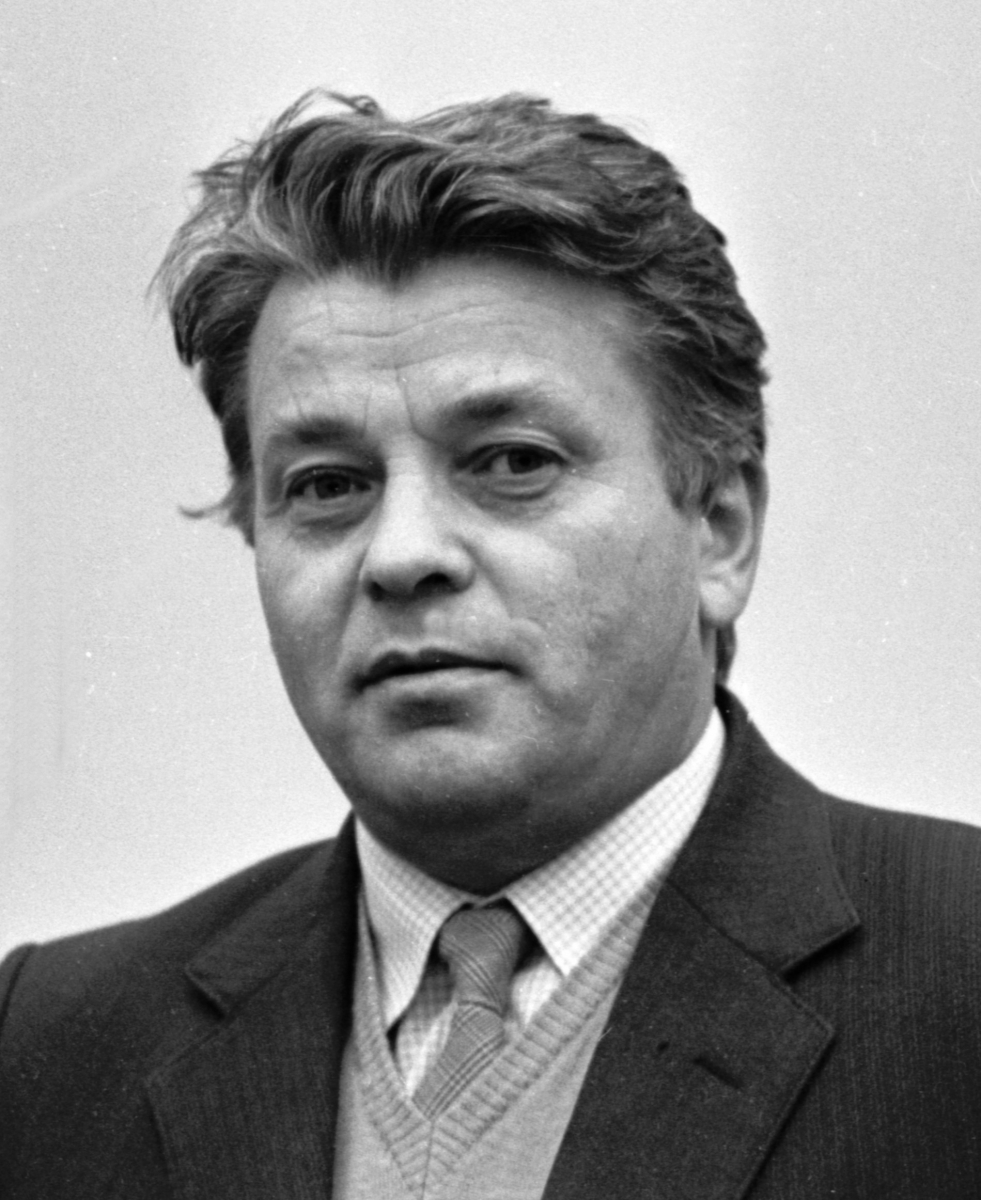QUALITATIVE ANALYSIS AND DESIGN OF CONTROL SYSTEMS
Named after A.G. Butkovsky
The main research areas of the Laboratory:
 |
|
Alexei G. Kushner, Head of Laboratory No. 6 |
– geometrical and cohomological methods for studying systems described by nonlinear partial differential equations;
– the geometrical description of thermodynamic processes in continuous media with microlocal (molecular) structure;
– conservation laws and symmetries of mathematical physics equations for continuous media, particularly in the optimal control of oil and gas development processes;
– analytical and numerical methods for examining and controlling fluid and gas flows and filtration in media under gravitational and electromagnetic fields.
The main analysis methods developed in the Laboratory are based on the geometric theory of nonlinear differential equations, contact and symplectic geometry, the theory of differential invariants, the geometry of jet spaces, and singularity theory.
The first results in these areas were obtained in the 1970s–1980s by A.M. Vinogradov, I.S. Krasil’shchik, and V.V. Lychagin. Their joint monograph Vvedenie v geometriyu nelineinykh differentsial’nykh uravnenii (Introduction to the Geometry of Nonlinear Differential Equations), Moscow: Nauka, 1986, was an important milestone defining the lines of subsequent research. For example, see the monograph Kushner, A.G., Lychagin, V.V., and Rubtsov, V.N., Contact Geometry and Nonlinear Differential Equations, Cambridge: Cambridge University Press, 2007.
 |
|
Valentin V. Lychagin (left) and Joseph S. Krasil’shchik |
In the geometrical theory of differential equations, differential equations are represented as submanifolds in the space of appropriate-order jets, and their solutions are represented as special hypersurfaces lying in these submanifolds.
As a result, partial differential equations are studied using the apparatus of differential geometry and homological algebra and the theory of variational Poisson structures and differential coverings. Several theoretical and application-oriented problems were successfully solved:
– The contact linearization of Monge–Ampere equations was carried out. (Tunitskii, D.V., On the Contact Linearization of Monge–Ampere Equations, Izv. Ross. Akad. Nauk Ser. Mat., 1996, vol. 60(2), pp. 195–220; Kushner, A.G., A Contact Linearization Problem for Monge–Ampere Equations and Laplace Invariants, Acta Appl. Math., 2008, vol. 101(1-3), pp. 177–189.)
– The global version of the Lie–Tresse theorem was proved. (Kruglikov, B.S. and Lychagin, V.V., Global Lie–Tresse Theorem, Selecta Math. New Series, 2016, vol. 22, no. 3, pp. 1357–1411.) This theorem describes the structure of the algebra of differential invariants of the Lie pseudogroups. Previously, Lie–Tresse-type theorems existed only in microlocal form or only for the action of (finite-dimensional) Lie groups. Special types of algebraic differential equations and algebraic Lie pseudogroups were introduced to prove the theory. These are special equations and pseudogroups given by algebraic differential equations with respect to derivatives, starting from first-order derivatives. Note that the Lie equations and pseudogroups encountered in practice refer to equations of this type. Arnold’s problem on the rationality of the Poincaré function was solved in the case of transitive action on the bundle space. This result was first but nontrivial. Subsequently, the Lie–Tresse theorem on differential invariants was actively applied to solve important problems in mathematical physics.
 |
|
Sound beam focus |
– A control method was developed to focus a limited acoustic beam in a dispersed medium.
– Differential invariants (Petrov invariants) were introduced for systems with control parameters. Algebras of differential invariants were calculated for Hamiltonian systems with control parameters with respect to feedback transformations. As a result, they were classified. (Kushner, A.G. and Lychagin, V.V., Petrov Invariants of Hamiltonian Systems with a Control Parameter, Automation and Remote Control, 2017, vol. 74, no. 3, pp. 385–400.)
– Systems of evolutionary partial differential equations were considered, and finite-dimensional dynamics were constructed for finding their asymptotically stable modes. (Akhmetzyanov, A.V., Kushner, A.G., and Lychagin, V.V., Attractors in Models of Porous Media Flow, Doklady Mathematics, 2017, vol. 95, pp. 72–75; Kushner, A. and Gorinov, A., Dynamics of Evolutionary PDE Systems, Lobachevskii Journal of Mathematics, 2020, vol. 41, no. 12, pp. 2448–2457.)
Another research area of the Laboratory is geometric and cohomological problems of the theory of nonlinear partial differential equations. Studies aim at solving general theoretical problems and developing algorithms and software tools for calculating the most important invariants of nonlinear systems responsible for their integrability (symmetries, cosymmetries, conservation laws, recursion operators, and Poisson and symplectic structures in their variational interpretation). Theoretical foundations, algorithms, and examples of application were presented in the monograph Krasil’shchik, J., Verbovetsky, A., and Vitolo, R., The Symbolic Computation of Integrability Structures for Partial Differential Equations, Springer, 2017. This theory generalizes the classical geometry of differential equations, going back to the works of Sophus Lie, to equations containing odd variables (the supergeometry of differential equations) and considers nonlocal (pseudo-differential) invariants (nonlocal geometry).
The geometrical approach to thermodynamics goes back to J.W. Gibbs. (Gibbs, J.W., A Method of Geometrical Representation of the Thermodynamic Properties of Substances by Means of Surfaces,” Transactions of the Connecticut Academy, 1873, vol. 1, pp. 382–404.) Combining the first and second laws of thermodynamics, he derived the so-called fundamental equation of thermodynamics. From the modern point of view, this equation defines a differential 1-form on an odd-dimensional space with the extensive and intensive variables as the coordinates. This differential 1-form does not satisfy the condition of the Frobenius theorem, therefore defining a maximally non-integrable (contact) distribution. Thus, contact geometry is a natural language for describing thermodynamic processes and systems. Due to this reason, the Legendre transform (a contact transform) is widespread in thermodynamics.
V. Lychagin proposed a description of thermodynamics based on measuring random vectors, namely, the extensive variables; see Contact Geometry, Measurement, and Thermodynamics, in Nonlinear PDEs, Their Geometry and Applications, Birkhauser: Cham, 2019, pp. 3–52. Here, the thermodynamic states of systems are described as Legendre and Lagrange manifolds with a Riemann structure (a quadratic form representing the variance of measuring the extensive variables) defined on them. Such an approach was implemented in the optimal control of thermodynamic states of real gases (Kushner, A., Lychagin, V., and Roop, M., Optimal Thermodynamic Processes for Gases, Entropy, 2020, vol. 22(4), article 448, pp. 1–14), the problem of phase transitions (Lychagin, V. and Roop, M., Real Gas Flows Issued from a Source, Analysis and Mathematical Physics, 2020, vol. 10(1), article 3, pp. 1–16), and other problems.
Classical continuum mechanics describes media in the three-dimensional space using a system of differential equations on a three-dimensional manifold. Typically, this manifold is a domain in the three-dimensional Euclidean space or a globular layer (the atmospheric model). In these cases, the medium is assumed homogeneous at the microlevel. The idea of an internal structure in the medium yields a more interesting picture. For example, two cases are possible for a diatomic gas: a molecule consists of atoms of the same element or two different ones. Such gases are described using the three-dimensional space multiplied by a projective plane (in the former case) or by a two-dimensional sphere (in the latter case). Examples of media consisting of solids were considered by the Cosserat brothers. (Cosserat, E. and Cosserat, F., Théorie des Corps Déformables, A. Hermann et Fils: Paris, 1909.)
The proposed media model with a microlocal structure is based on the measurement of extensive parameters: mass density, internal energy density, and strain rate tensor. (Duyunova, A., Lychagin, V., and Tychkov, S., Continuum Mechanics of Media with Inner structures, Differ. Geom. Appl., 2021, vol. 74, article no. 101703.) The corresponding dual, or intensive, variables are chemical potential, temperature, and stress tensor. The phase space of thermodynamic variables is a contact manifold equipped with a structural form corresponding to the first law of thermodynamics. The motion equations of continuous media with a microlocal structure generalizing the Navier–Stokes equations were obtained. (Kushner, A. and Lychagin, V., Generalized Navier–Stokes Equations and Dynamics of Plane Molecular Media, Symmetry, 2021, vol. 13, p. 288; Kushner, A. and Lychagin, V., On Dynamics of Molecular Media, Differential Geometry and Its Applications, 2022, vol. 81, p. 101845.)
Semilinear elliptic and parabolic equations of the second order are widely used in the mathematical modeling of various reaction-diffusion processes. In particular, they describe the concentration and dissemination of substances as well as the increase and advance of biological populations and gene traits. This research area is of considerable interest, and numerous works are devoted to it. Among them, note the famous papers of A.N. Kolmogorov, G.I. Petrovskii, N.S. Piskunov, and R.A. Fisher. The Laboratory investigates the solvability of semilinear second-order elliptic differential equations on closed manifolds generalizing the Kolmogorov–Petrovskii–Piskunov–Fisher equations. Such equations on spheres arise in applications. (Tunitsky, D.V., On Solvability of Second-Order Semilinear Elliptic Equations on Spheres, 2021 14th International Conference on Management of Large-Scale System Development (MLSD), 2021, pp. 1–4, DOI: 10.1109/MLSD52249.2021.9600203.) According to the generalized Poincaré conjecture, a closed simply-connected n-manifold with the homology of an n-sphere is homeomorphic to an n-sphere. The greatest difficulties in verifying this conjecture are related to dimension 3. In this case, the proof proposed by G.Ya. Perelman involves Ricci flows on closed three-dimensional manifolds. In fact, these flows are solutions of corresponding nonlinear systems of partial differential equations. Thus, solutions of nonlinear partial differential equations on closed manifolds are very important both for general mathematics and applications.
 |
|
Georgy M. Ulanov, Founder and first Head of Laboratory No. 6 |
History of the Laboratory
The Laboratory was established in 1961 within the department headed by Academician B.N. Petrov. For the first 26 years, the Laboratory was headed by Dr. Sci. (Eng.), Prof. Georgy M. Ulanov. After his death, Dr. Sci. (Eng.) Victor P. Zhukov became Head of the Laboratory. Since 2010, the Laboratory has been headed by Dr. Sci. (Phys.–Math.) Alexei G. Kushner.
Laboratory’s first years were devoted to studying the automatic control of nuclear power units and rocket engines as well as the automatic control of life support systems for astronauts in the International Space Station compartments and the optimal control of the spacecraft under control implementation inaccuracies. Also, the Laboratory worked on improving the accuracy of the spacecraft landing and the optimal control of the spacecraft orientation system by the fuel consumption criterion. Those works were performed under the Decrees of the Government and contracts with leading design bureaus. In particular, the Laboratory participated in creating several conceptual designs of new domestic equipment and significantly contributed to the achievements of national cosmonautics and defense technology.
Historically, a first area of Laboratory’s fundamental research on control was the theory of invariance intensively developed in the USSR in the 1950s–1960s. A generalization of this theory was the design of control systems with given properties.
 |
|
Viktor P. Zhukov |
G.V. Shchipanov’s ideas on constructing absolutely invariant control systems were analyzed within those studies. As shown, there exists the principal possibility of creating invariant systems of any degree of accuracy. Also, the conditions for achieving a given accuracy were established.
In those years, the foundations of information control theory were developed under the leadership of Acad. B.N. Petrov; in particular, the throughput of information-measuring systems and the limiting capabilities of such systems were investigated.
In the 1970s–1990s, the Laboratory developed field methods for studying qualitative properties of nonlinear dynamic systems (asymptotic stability, instability, the existence of invariant sets) and the causality, stability, and roughness of control systems for distributed parameter objects.
 |
|
Anatoly G. Butkovsky |
Since the beginning of the 21st century, the main research area of the Laboratory has shifted toward methods for studying nonlinear systems (with and without control parameters). Experts in the geometrical theory of differential equations joined the Laboratory: I.S. Krasil’shchik, A.G. Kushner, V.V. Lychagin, A.V. Samokhin, D.V. Tunitsky, and their students.
Laboratory No. 6 actively cooperates with Laboratory No. 82 of the Institute (the optimal management of hydrocarbon deposits) and Lomonosov Moscow State University (Laboratory’s Head A.G. Kushner holds a professorship at the Faculty of Physics).
In 2012, the Laboratory merged Laboratory No. 63 with close research interests. Laboratory No. 63 was founded and headed for over 30 years by Dr. Sci. (Eng.), Prof. Anatoly G. Butkovsky. And Laboratory No. 6 was soon named after A.G. Butkovsky.
The Laboratory has two youth scientific schools led by A.G. Kushner and V.V. Lychagin.
